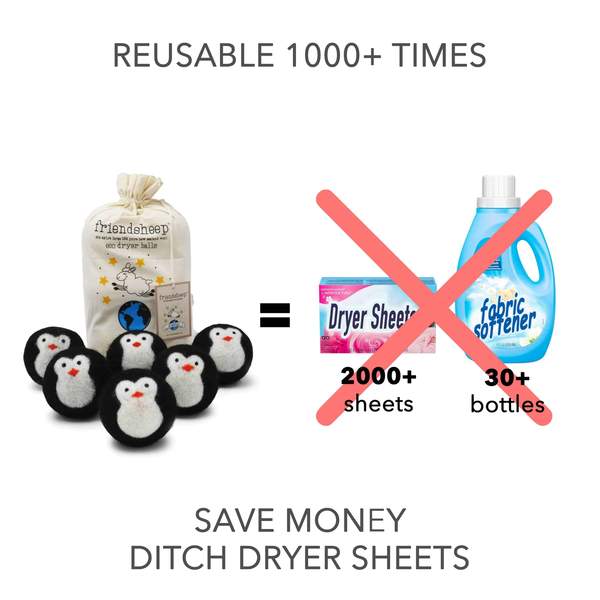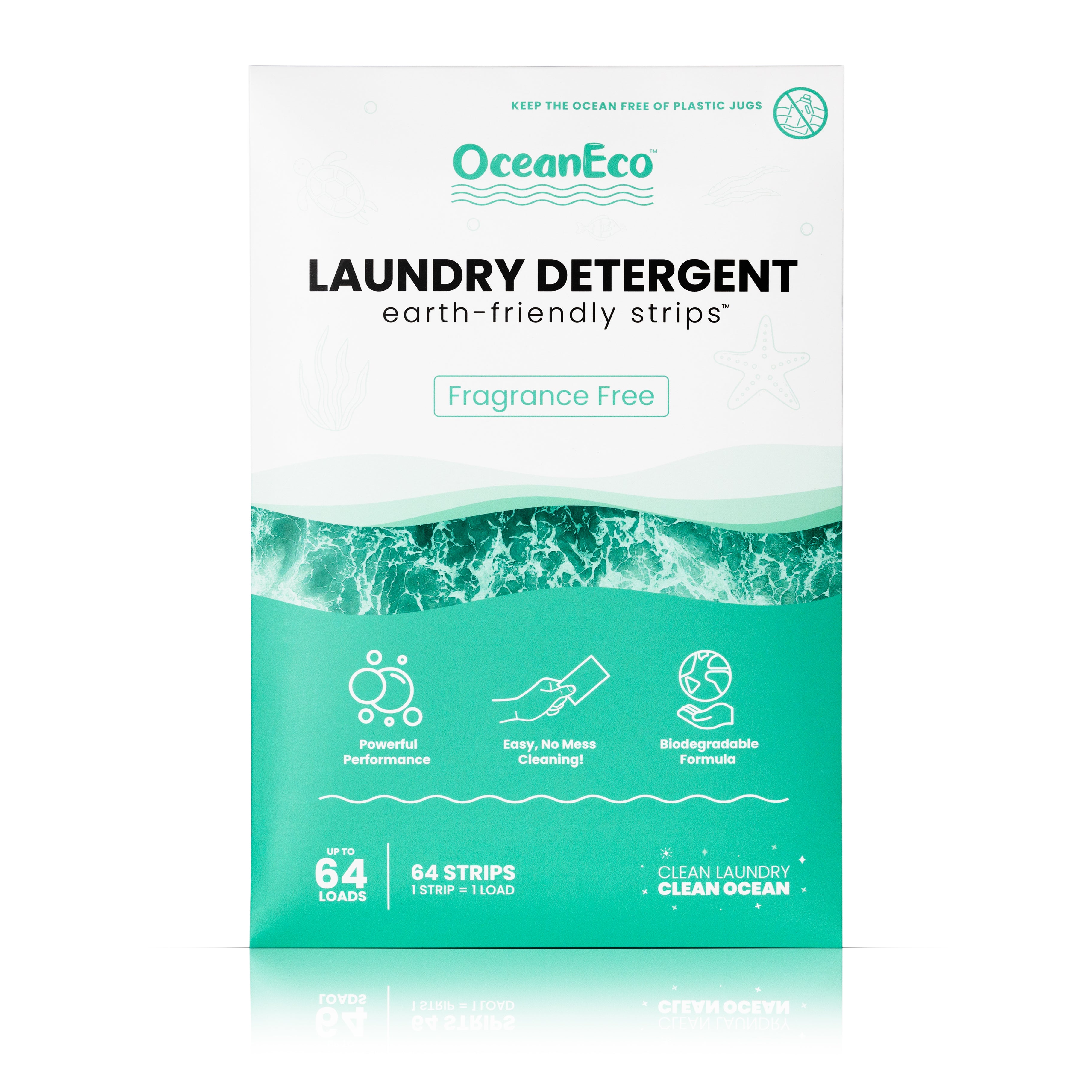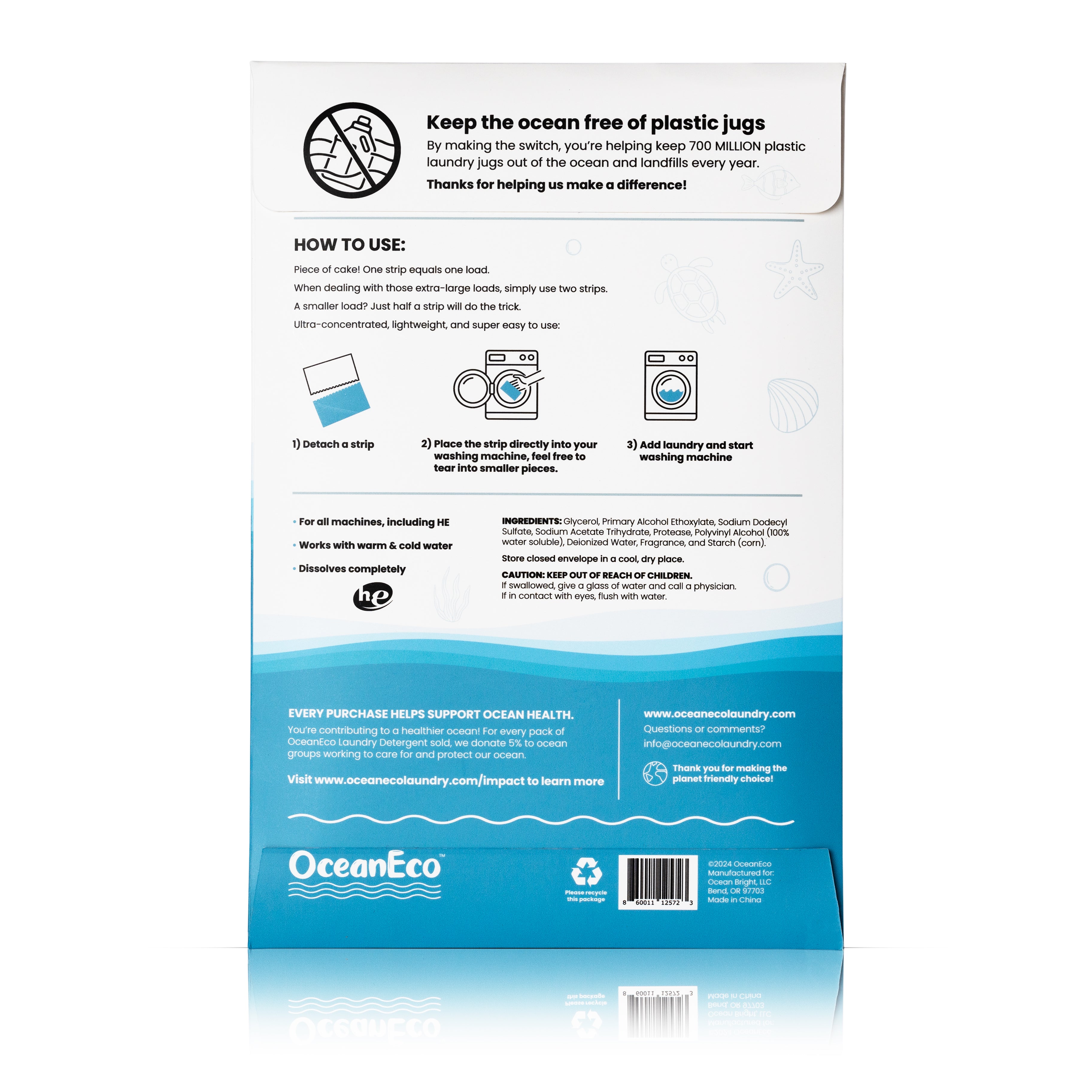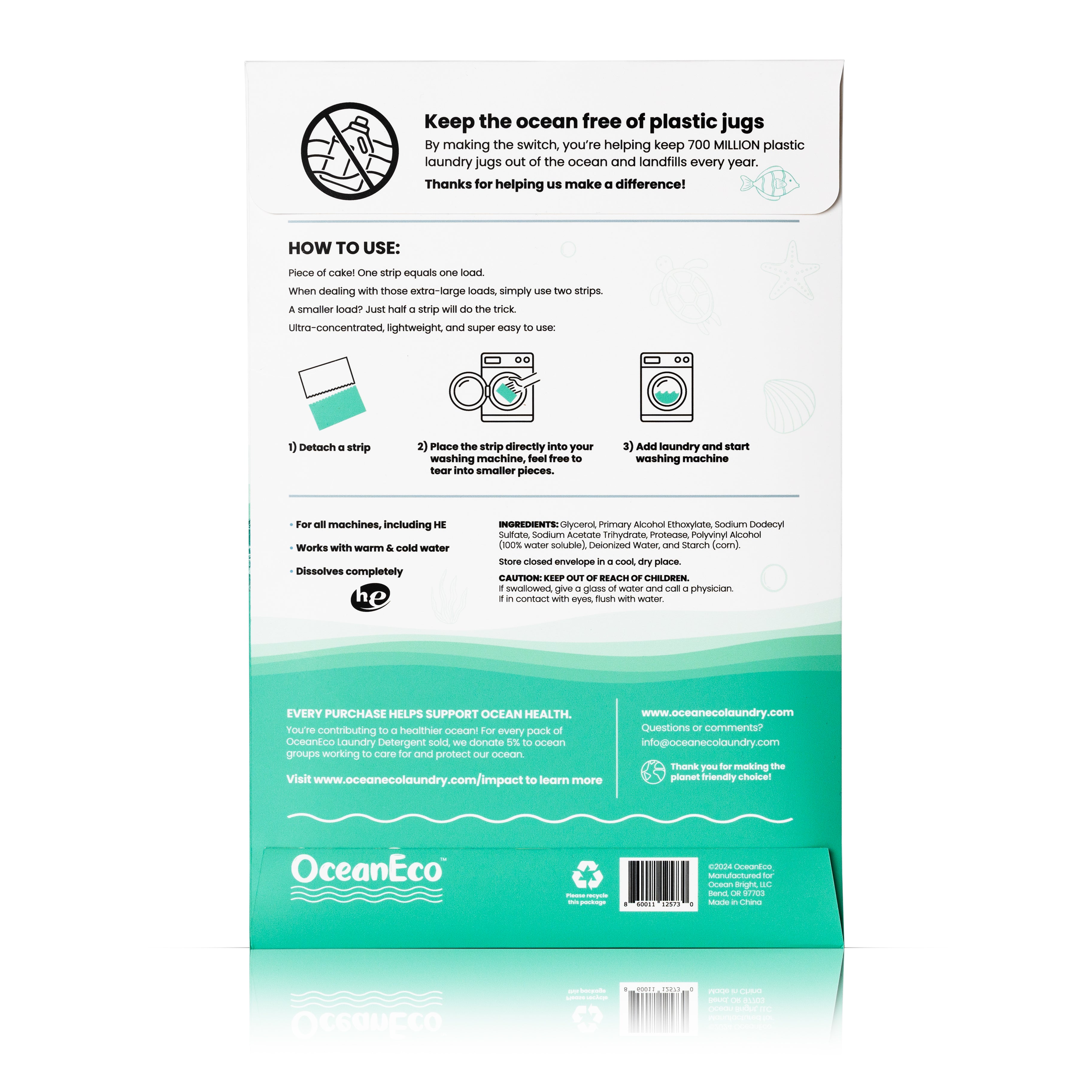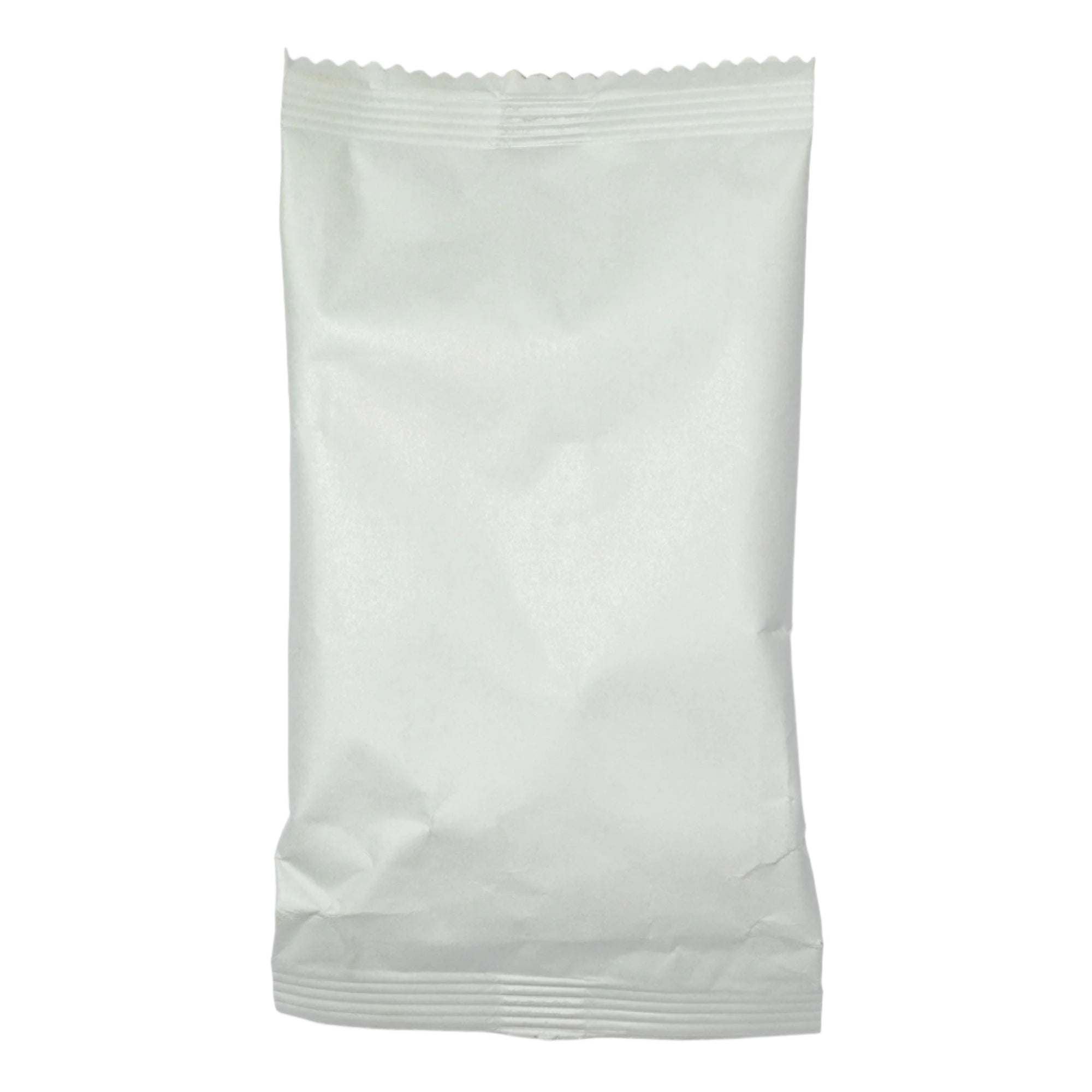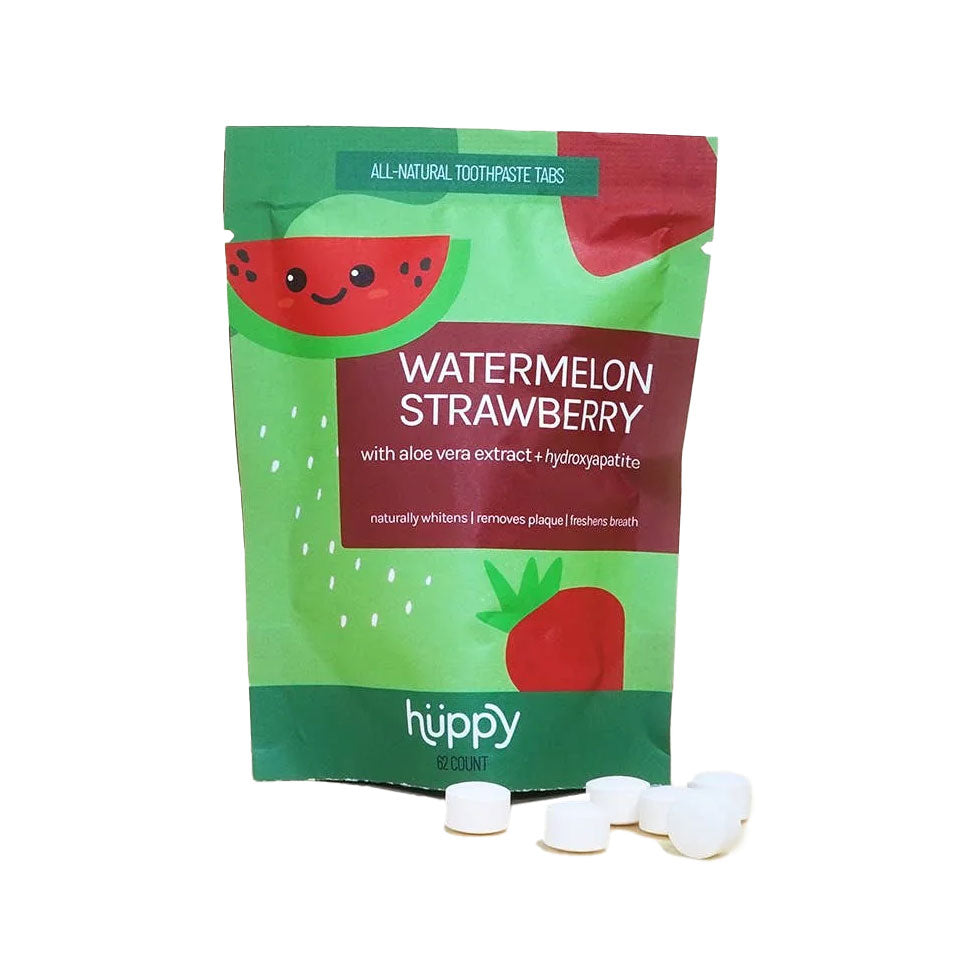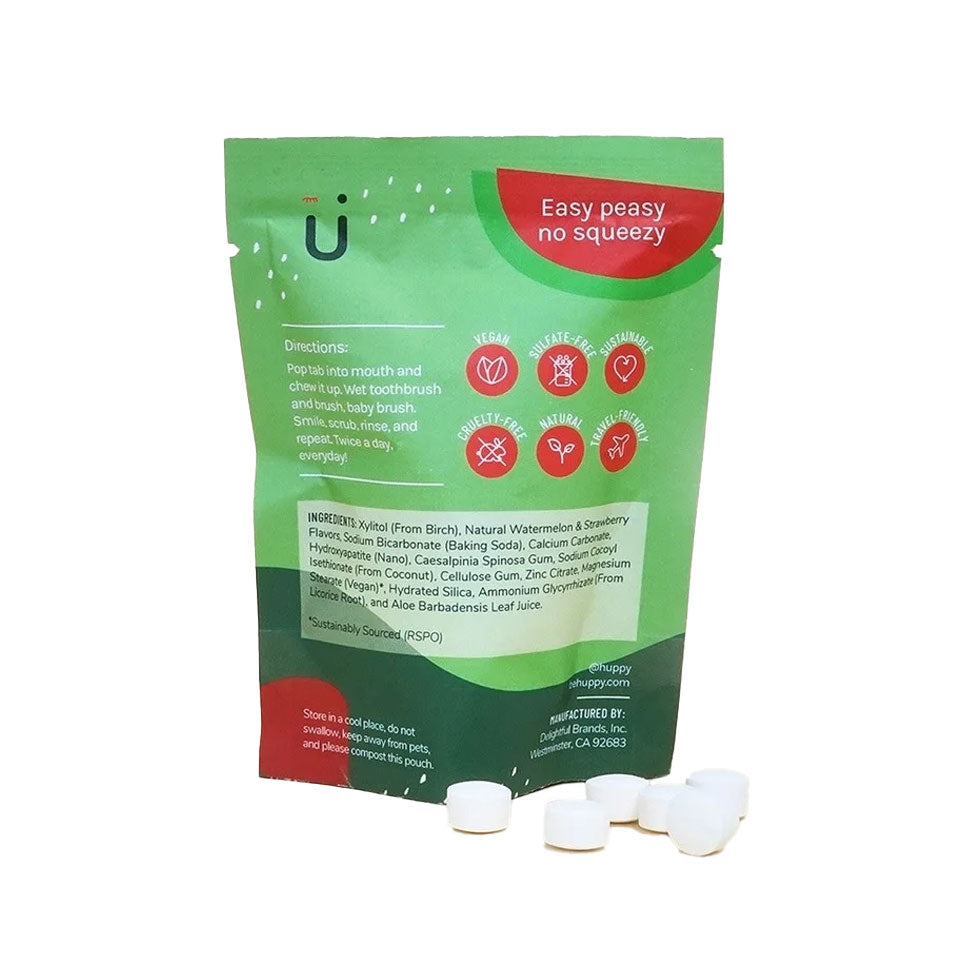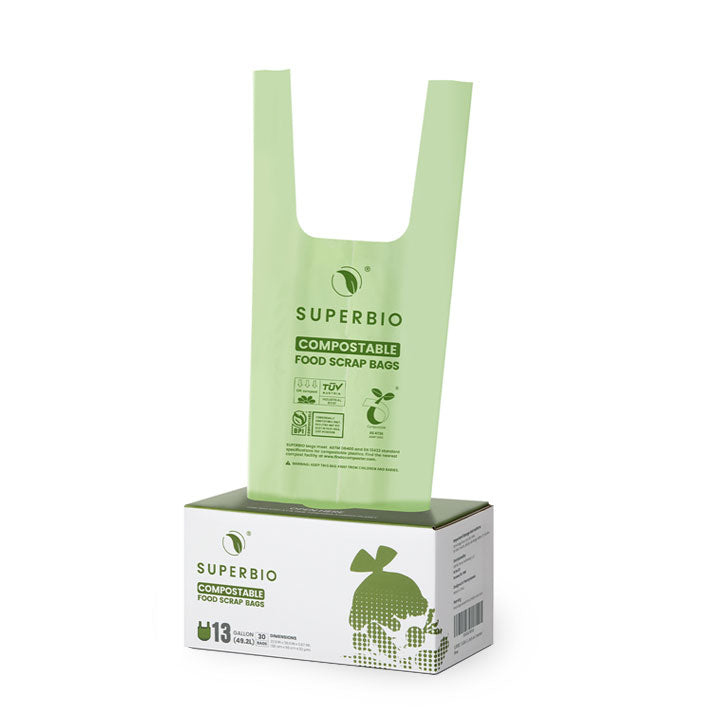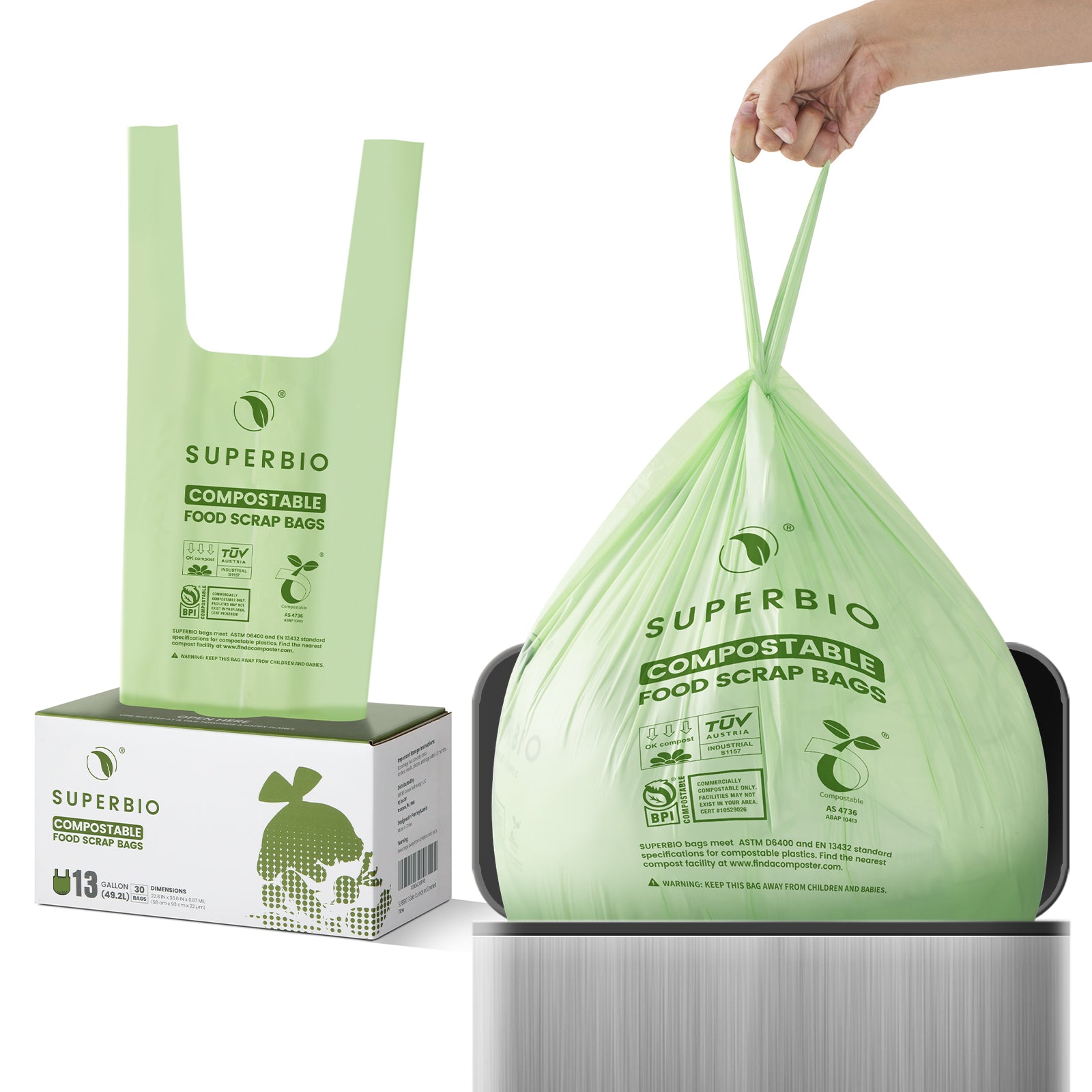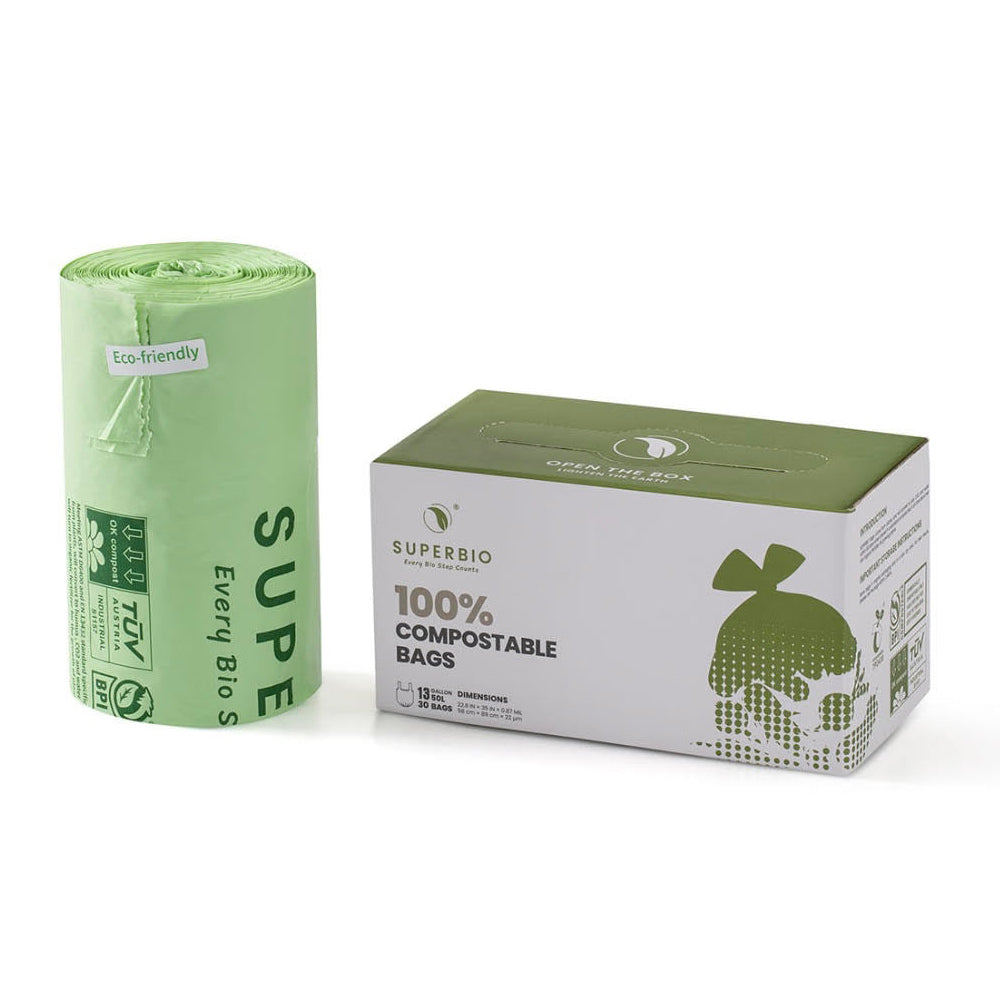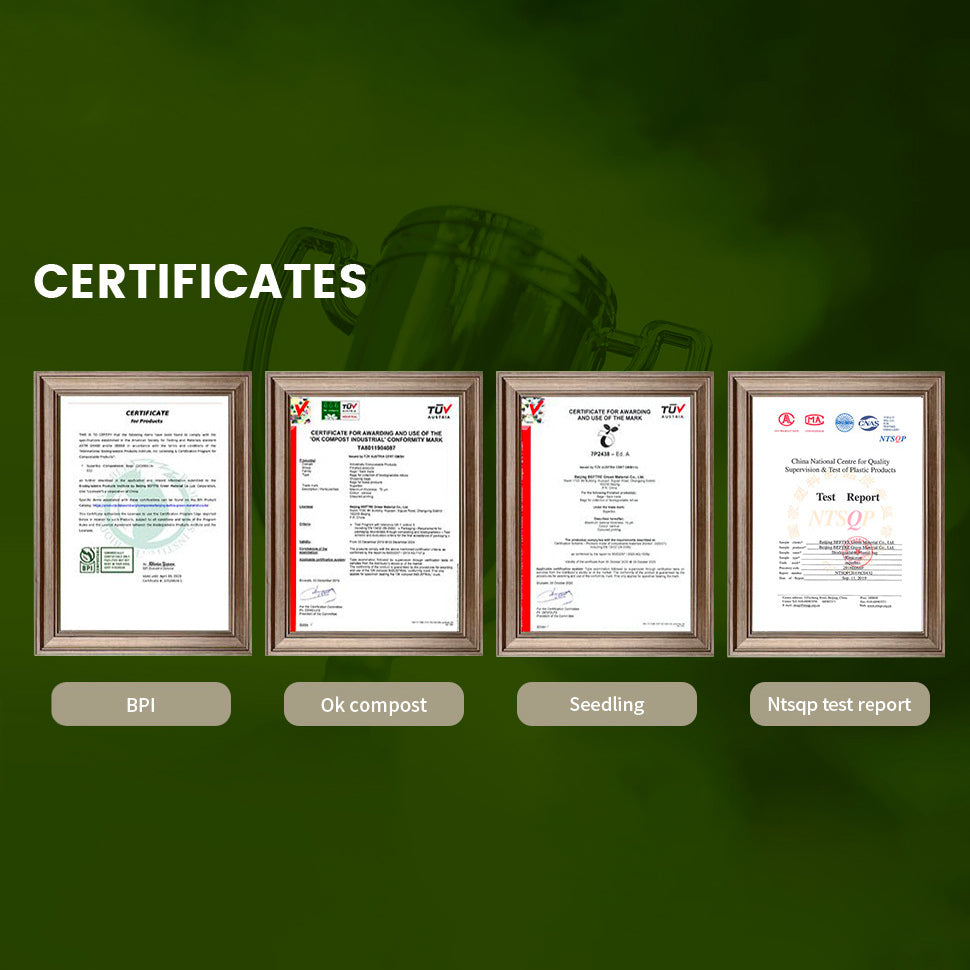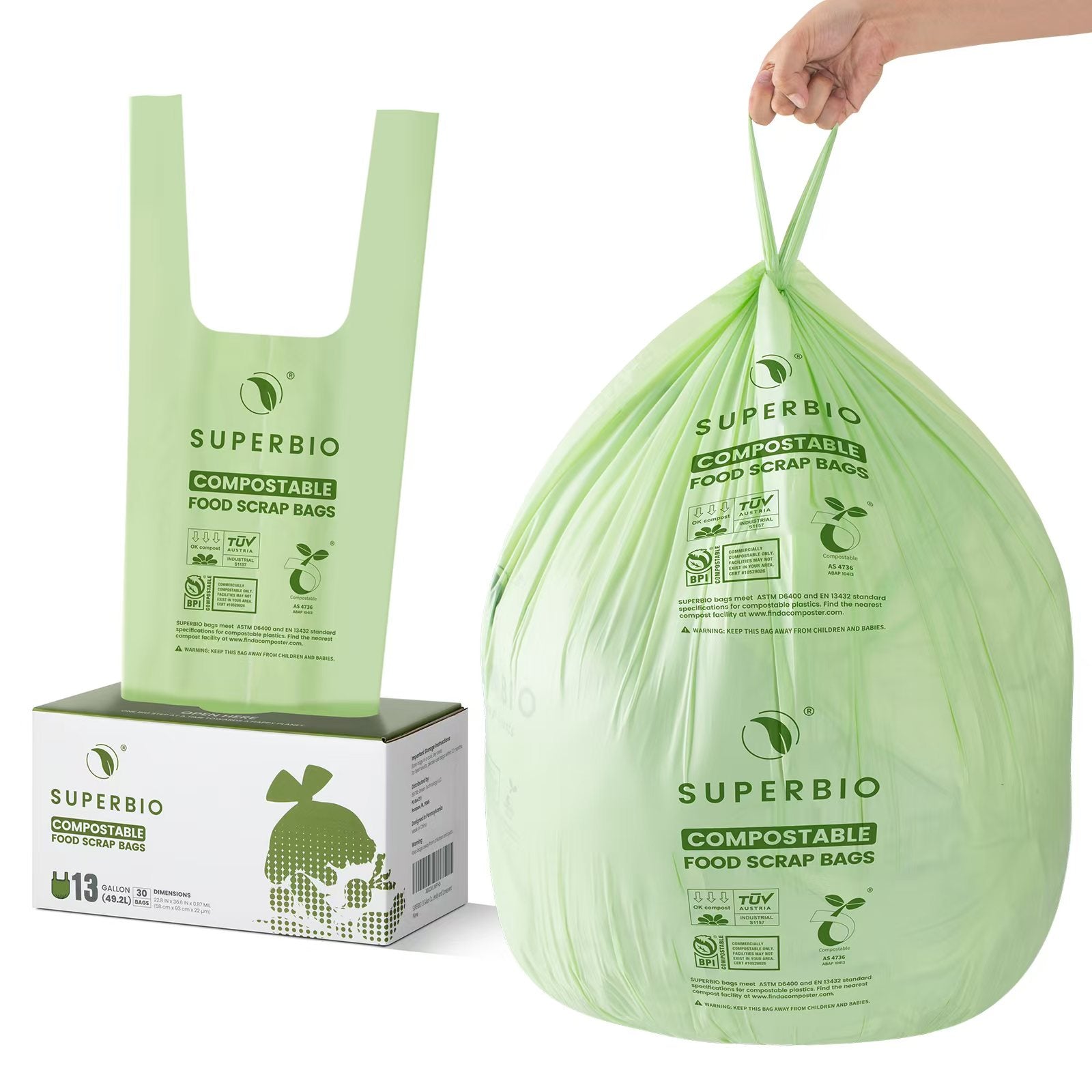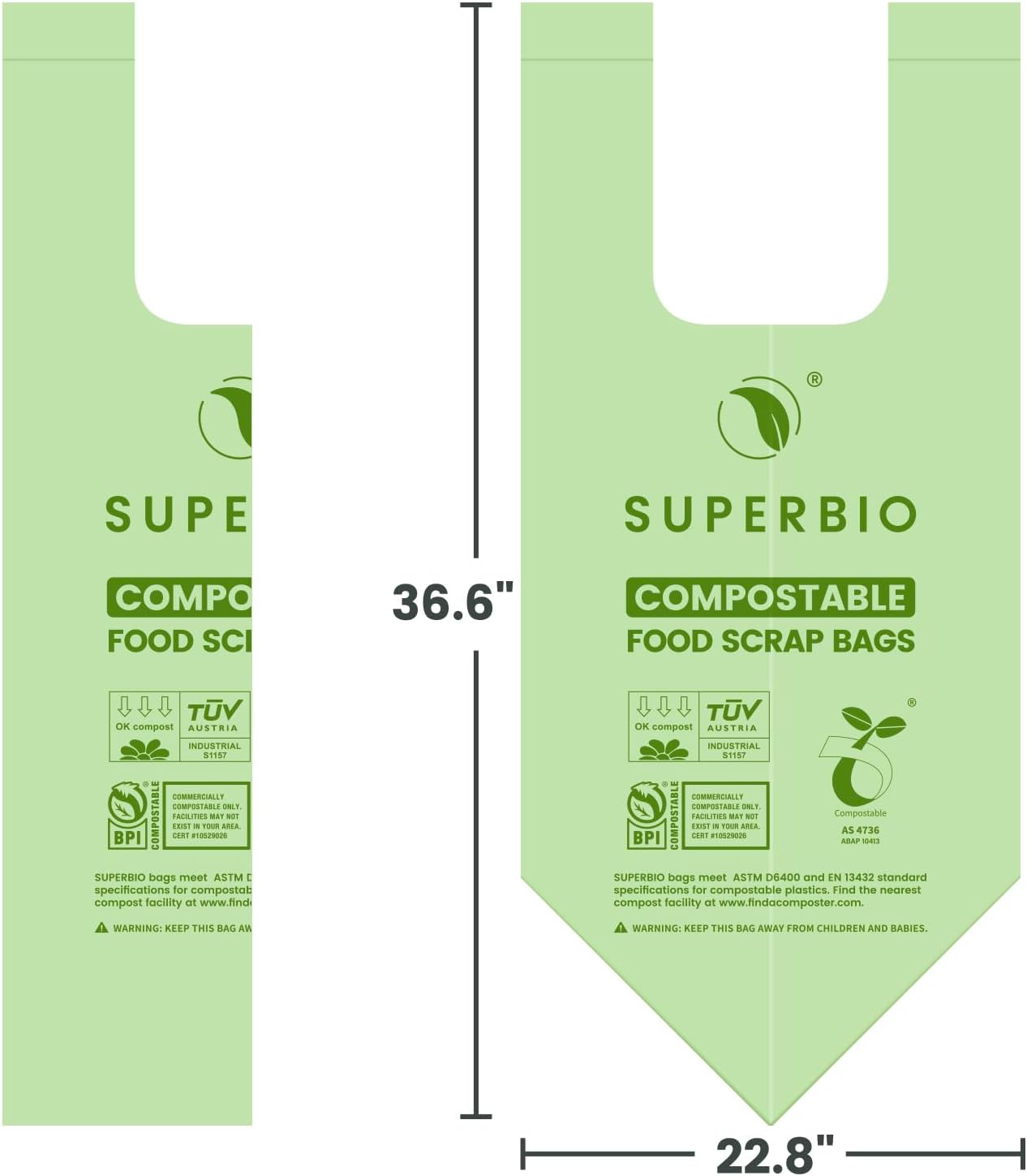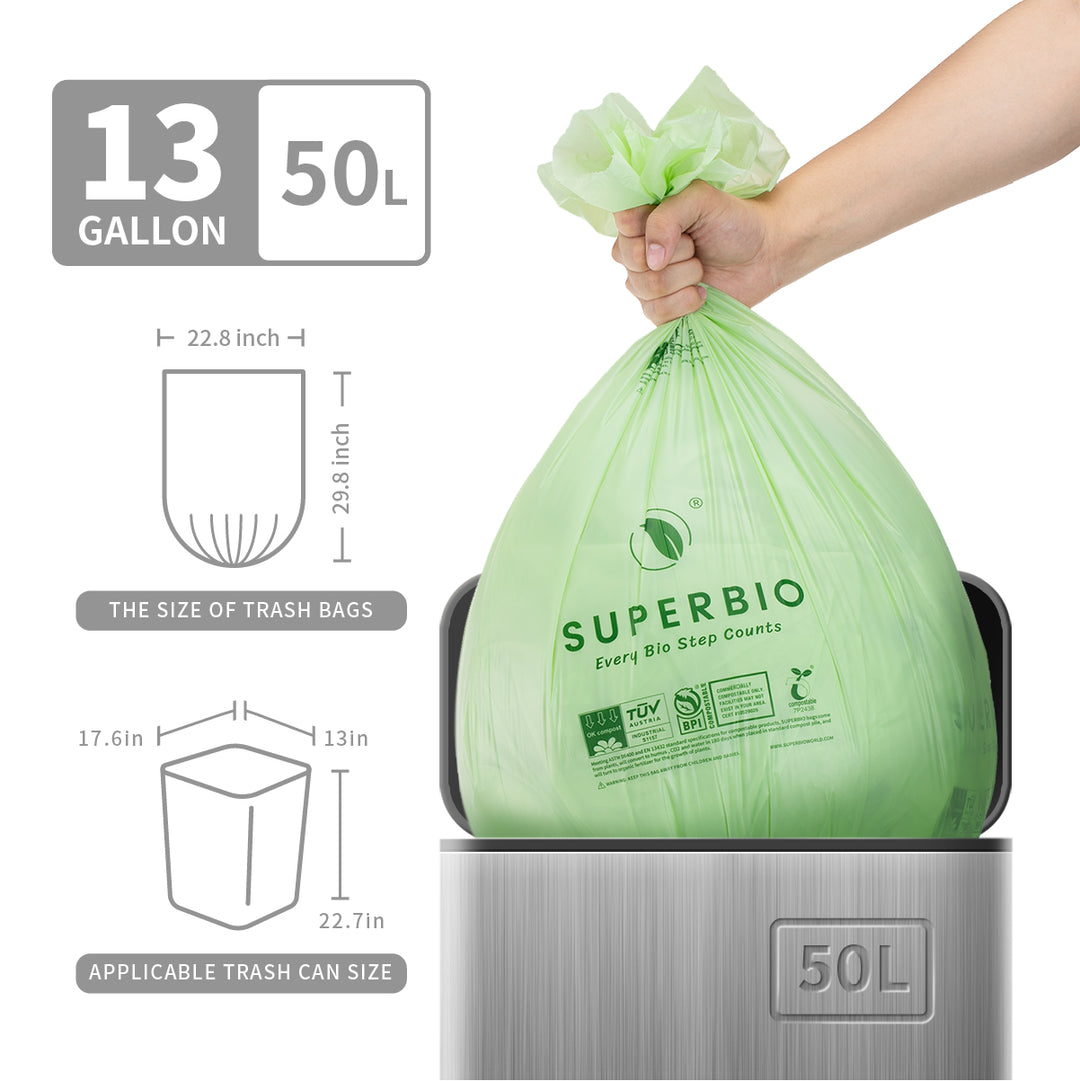Climate Change Is Turning Half the Ocean Green as Ecosystems Shift
Something strange is happening across more than half of Earth’s oceans. The water is changing color. In the deep tropics, blue is giving way to green. In the polar regions, waters appear bluer than before. To the casual eye, the difference may seem subtle. But for scientists, it signals sweeping shifts in marine life and climate systems—already underway.
New satellite data confirms that this color shift isn’t just a seasonal fluctuation or a trick of light. According to an analysis of 20 years of satellite observations, these changes cover over 56% of the ocean’s surface—an area larger than the total landmass of the planet, as reported by the NASA Earth Observatory.

The ocean is visibly changing color due to climate change.
Why Color Matters
Ocean color reflects what’s happening below the surface. When oceans appear green, it usually means there’s more life—primarily phytoplankton. These microscopic organisms are essential to the marine food web and global carbon cycle. They contain chlorophyll, which helps them absorb sunlight and capture carbon dioxide from the air. A change in their population changes the very hue of the sea.
But what scientists are seeing now isn’t just more green or less blue—it’s a shift in the entire balance. In the Arctic and Antarctic, ice melt is exposing more water to sunlight, according to RFI. This creates new conditions that support different communities of plankton, reshaping the ocean’s optical signature.
In equatorial waters, warming temperatures are altering nutrient flows, changing which organisms can thrive. This is pushing phytoplankton populations to new areas, sometimes 35 kilometers north per decade, Policy Circle reports.

Over 56% of the ocean has shifted from blue to green.
A Faster Signal Than We Expected
Traditionally, scientists monitored ocean life by tracking chlorophyll concentrations. But those signals are noisy—subject to seasonal and yearly swings. Back in 2019, researchers proposed a different approach: tracking the full spectrum of visible light reflected from the sea. This method, called Remote-Sensing Reflectance (Rrs), captures a wider set of changes and responds more quickly to climate impacts.
Now, that theory is reality. A study published in Nature found that these color shifts were detectable within just two decades. The green hues that are spreading across tropical waters aren’t random—they match predictions from climate models that included the effects of greenhouse gas emissions. Models that excluded those emissions didn’t show the same trends.
As noted by MIT News, the real-world satellite data confirmed those model predictions nearly perfectly.

This change affects an area larger than all Earth’s land.
The Plankton Puzzle
Why are plankton so central to this story? Because they’re not just color-makers—they’re climate regulators. Plankton absorb between 30 and 40 percent of global CO2 emissions, a role as vital as the world’s forests. As their populations and compositions change, so does the ocean’s ability to trap carbon.
Vincent Doumeizel, a UN ocean sustainability advisor, calls plankton the planet’s invisible climate engine. They shape the color of the ocean and anchor the food web. But their future is in flux. As RFI reports, warmer temperatures, altered salinity from melting glaciers, and changes in light penetration are all reshuffling who survives where, and in what numbers.

Ocean color reflects changes in plankton and marine ecosystems.
A Global Mosaic of Shifts
Not all regions are changing in the same way. In April 2023, chlorophyll levels in the Norwegian Sea were up to five times higher than average, while parts of the Atlantic showed dramatic drops, Policy Circle reports. These fluctuations aren’t just local quirks—they point to ecosystem upheavals that can ripple up the food chain.
In some cases, the ocean has become so stratified that deeper, nutrient-rich waters no longer mix with surface layers. This isolates upper-ocean ecosystems and favors phytoplankton that can tolerate nutrient-poor conditions. According to NASA Earth Observatory, these shifts can drive changes in everything from oxygen production to fish migration patterns.

Phytoplankton are essential to the marine food web.
A Call for Urgency
The oceans have always been dynamic, but this is different. This is planetary-scale change, driven by human activity and observable from space. The fact that color—something so visual and immediate—can signal invisible ecosystem transformations makes this one of the clearest warnings yet.
Scientists argue that tracking the ocean’s color is now one of the fastest ways to measure how climate change is affecting marine life. As noted in Nature, models confirm that reflectance in the blue-green spectrum delivers a faster, stronger signal of climate-driven change than chlorophyll alone.
It’s not just a research challenge. It’s a policy one. International gatherings like the upcoming UN summit in Nice offer a rare chance for action. Advocates are urging governments to protect marine ecosystems before color changes become the least of our concerns.



































































































